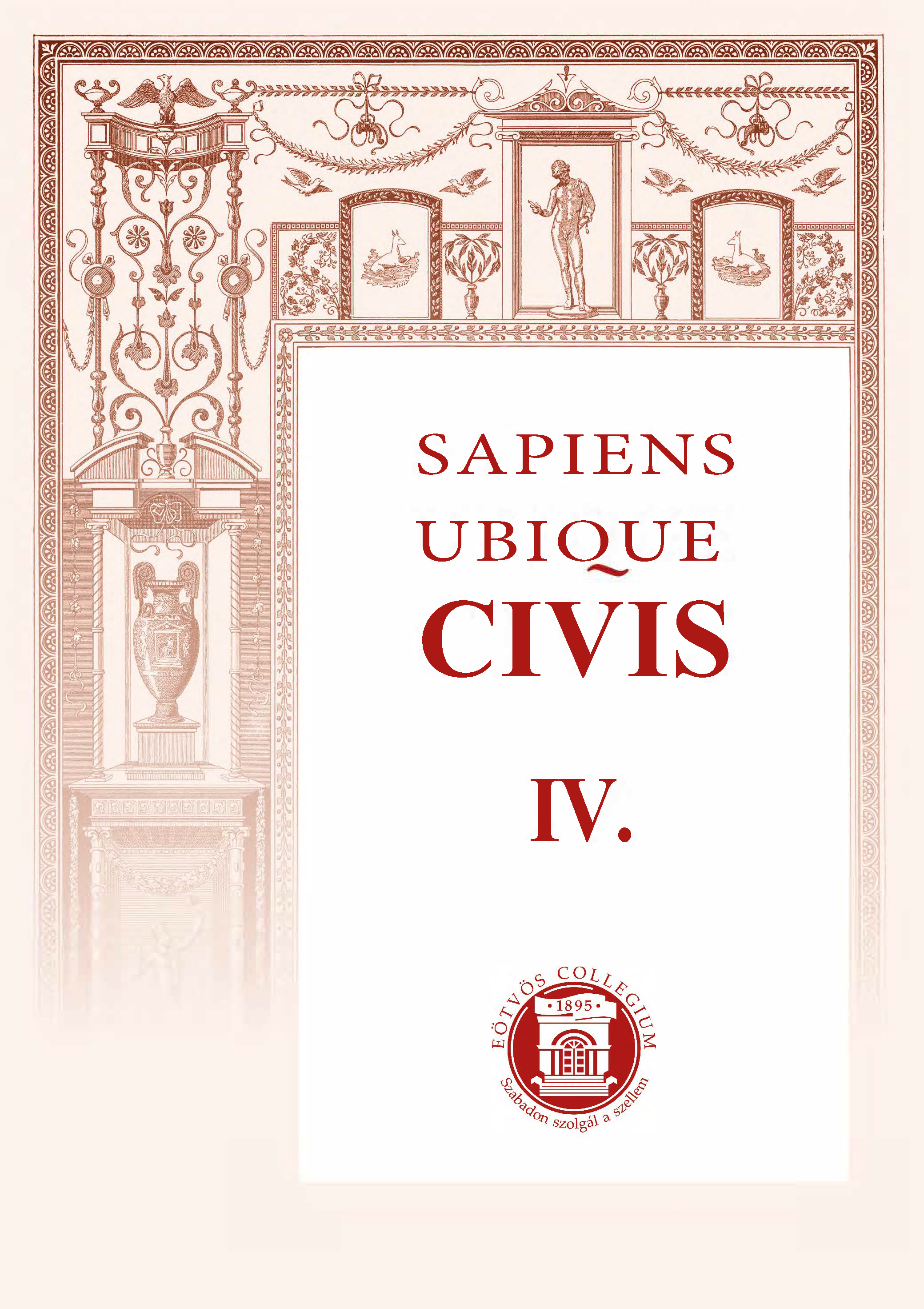Pindarising in 16th-century Württemberg – Johannes Kepler’s Melos Hymeneium Pindaricum (1591) in the Light of the Epithalamia of Paulus Melissus
Main Article Content
Abstract
The paper presents a Pindarising Neo-Latin epithalamium, that the astronomer Johannes Kepler (1571–1630) wrote for his friend Gregor Glarean in 1591, and compares it to similar poems by Paulus Melissus Schede (1539–1602). While earlier critics have compared Kepler’s epithalamium mainly to Pindar’s epinicians, I focus on the poem’s relationship with the Pindarising epithalamia of Paulus Melissus Schede, who was a popular Neo-Latin poet at the time. The comparison reveals that Kepler’s epithalamium takes up developments already present in Schede Melissus’ epithalamia, such as the separation of the Pindaric form from epinician content and individual variations in tune with the respective addressee in the epithalamium. At the same time, Kepler maintains an independent stance towards both Schede and Pindar. The paper is complemented by an English translation and a chart of the positions of the planets at the time of the wedding.

